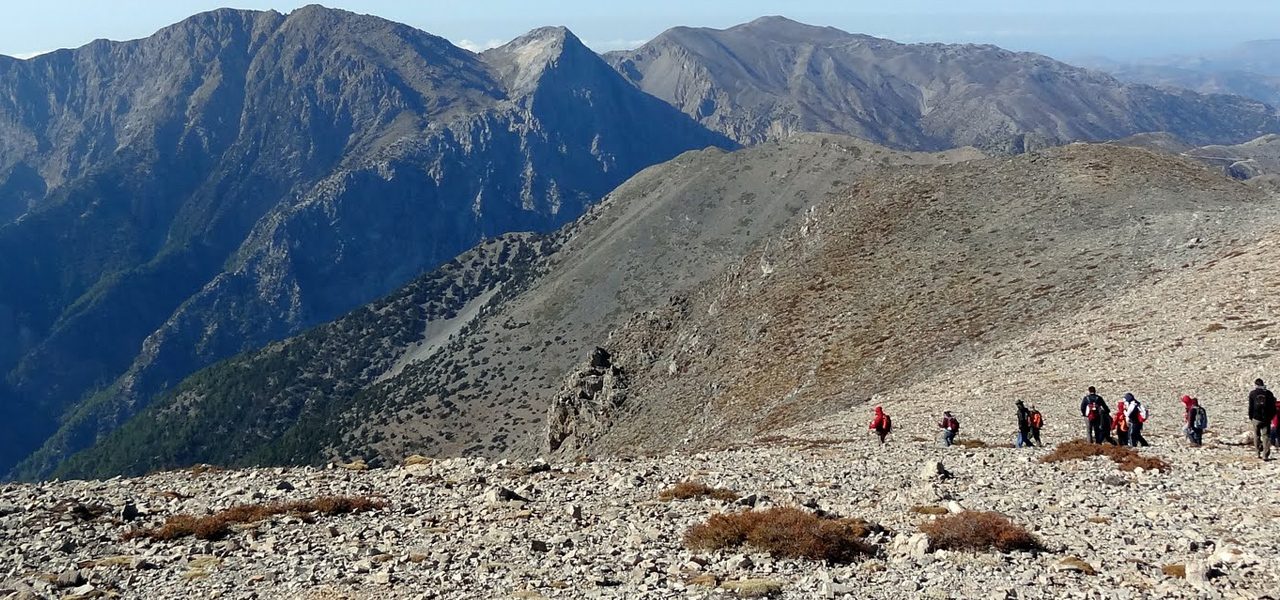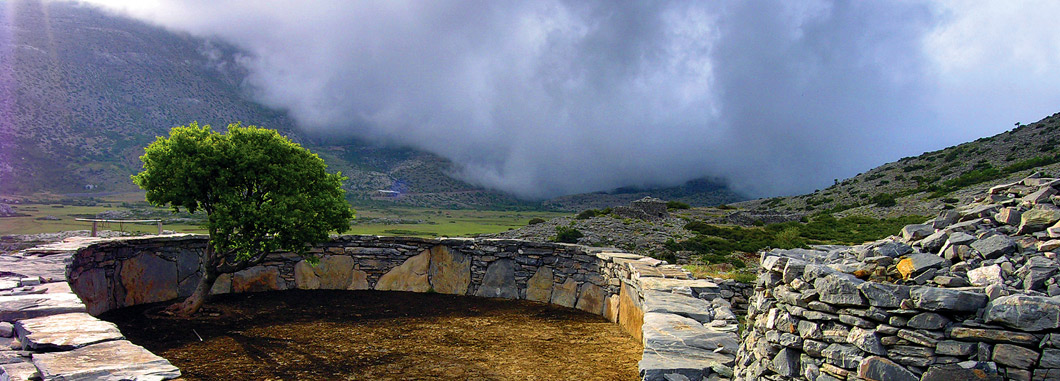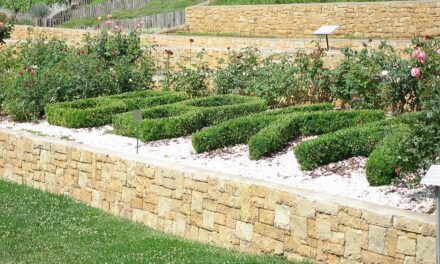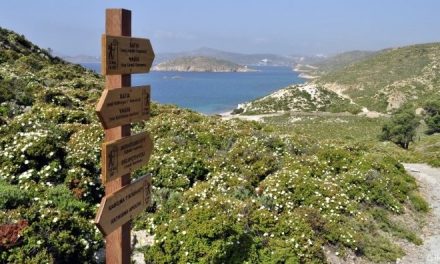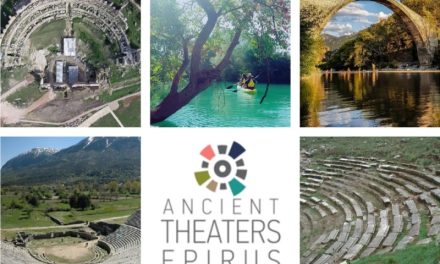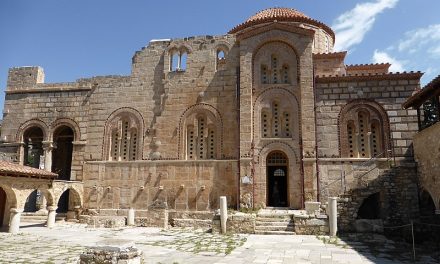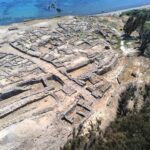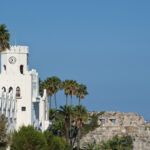“The Cretan Way – A 28-day walk” is a recently published booklet and the brainchild of Luca Gianotti, an Italian walking guide. Part of the Anavasi editions cartographic programme, it includes maps, descriptions, travelogue, GPS tracks, accommodation info and tips for walking the 500 km route extending from East to West approximately following the Cretan part of the E4 European long distance path – with some diversions that make the route a more interesting experience:
“I have been to Crete to go walking thirty times: twenty-nine times on an itinerant journey with my backpack for about a week and once for over a month. I decided to call this spectacular route the ‘Cretan Way’, although it has previously been called the E4… Here’s the idea: to inject life back into the path, and let it shine in its own right, going beyond the European project. The name, Cretan Way, has a double meaning, in the hope that this walk will also draw attention to the Cretan way of life. Walking for a month to enter into a different world. The world of a population with its own, independent roots. A world of nature which is both. Mediterranean alpine and more.”
Luca Gianotti, has recently organized a “Cretan Way Volunteer Work Camp” to make parts of the route more trekker friendly. Volunteers from Crete, Italy, New Zealand, Australia, Sweden and England gathered in Heraklion, Crete in January 2017 to mark clean the Cretan way. He works to discover all the opportunities of walking as a therapy, and organizes courses of walking meditation, runs an agrotourism establishment in Abruzzo, Italy, named “Casale Le Crete” where he organizes walking tours with donkeys and he writes a newsletter called “Il Cammino” with thousands of readers. He has published four books about walking and hiking in Italian and has been the artistic director of Festival del Camminare (Festival about Walking) in Bolzano.
Hikers that are looking for a new adventure maybe they should consider “The Cretan Way”: the changes of the landscape from east to west and the authenticity of the people of Crete’s mainland will definitly cover their travelling thirst!
E4 European path: Destination Crete
E-Paths are the European long distance paths which link the countries from North Cape to Crete and from the Atlantic Ocean to the Carpathians and the Black Sea. There are 12 E-Paths, bearing the name of E1 to E12. These E-Paths are waymarked and maintained by the members of the European Ramblers Association.
The E4 long distance path crosses Europe from west to east, from Spain to Cyprus. It begins in the Pyrenees, crosses first the centre of the Alpine massif and then ex-Yugoslavia, arriving at Florina – where the Greek portion begins. This traverses all of Greece down to Gytheon, and takes up again at Kastelli Kissamou on Crete. At this point the Cretan segment of the E4 starts. It crosses the island from Kissamos to Zakros, after crossing all major Mountain Ranges in Crete (Lefka Ori – White Mountains, Kedros, Mount Psiloritis – Mount Ida, Mount Dikti and Tripiti). Hikers have the opportunity to explore a wide range of landscapes of great diversity.
At the seaside village of Sougia, the path throws off side branches north and south: the northern is definitely Alpine in character, and walkers must have the necessary experience; the southern, along the south coastline, is very rough in places because of the cliffs. Walkers have the chance to experience an unknown aspect of Crete’s natural state – one passes old trackways, settlements, monasteries and of course the high mountain reaches of the island.
Τhe first organized mapping and signage effort of the whole E4 in Crete was made by Cartographer Giorgis N. Petrakis, and some information on the segments of the trail can be found at the “Destination Crete” website.
The Hellenic Federation of Mountaineering and Climbing is the organisation, along with associated local clubs, which has established and maintains E4 and it has published a leaflet about E4 with text in English, French and German. An overview of walking in Greece, including sections of E4, can also be found in The Mountains of Greece by Tim Salmon.
Luca Gianotti’s projects: Deep Walking; La Compagnia dei Cammini; CamminaCreta; See also: Marking the Cretan Way; Cretan Beaches – E4 Long Distance Path; Cretan Mountaineering Clubs: The Mountaineering Club of Chania; The Mountaineering Club of Rethymno; The Mountaineering Club of Heraklion
The White Mountains or Lefka Ori is the largest mountain range in the island of Crete, consisting of dozens of peaks over 2000m of altitude. They are made of limestone and called White Mountains because they are covered in snow until late in the spring. Watch Christine Schmitthenner’s video (2010) featuring parts of the E4 Cretan part:

